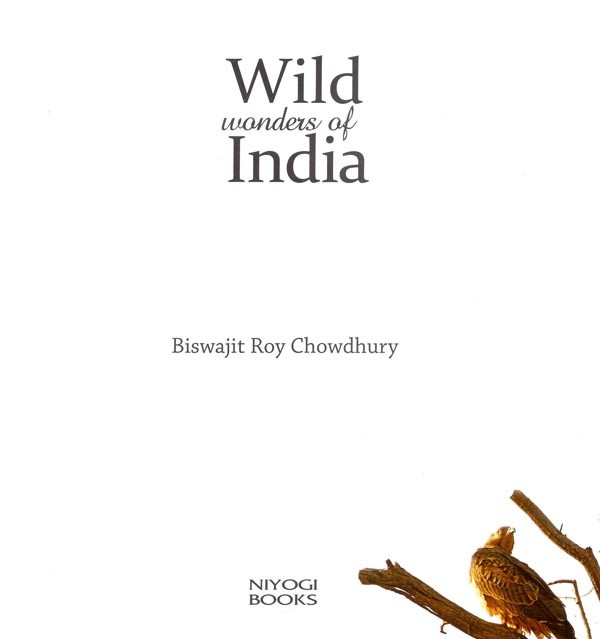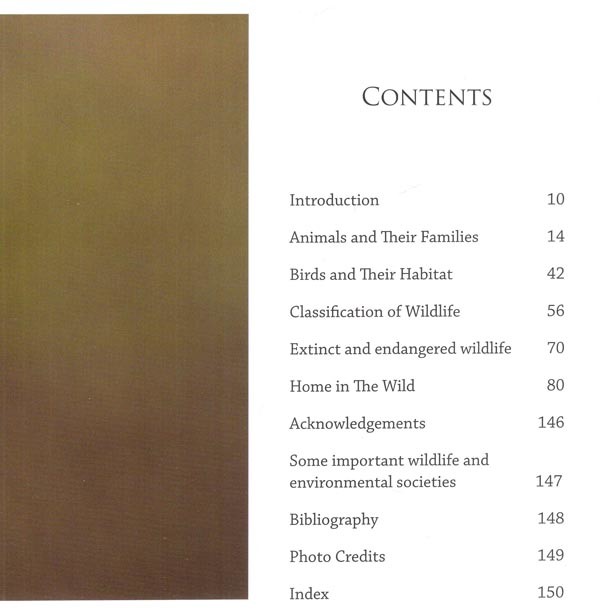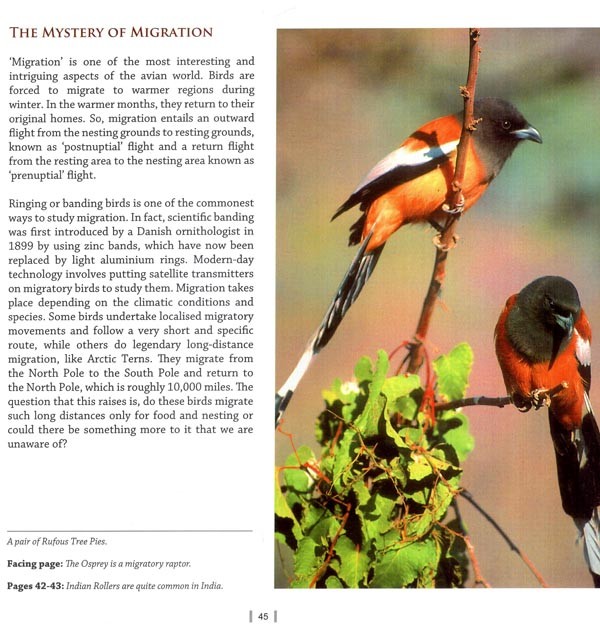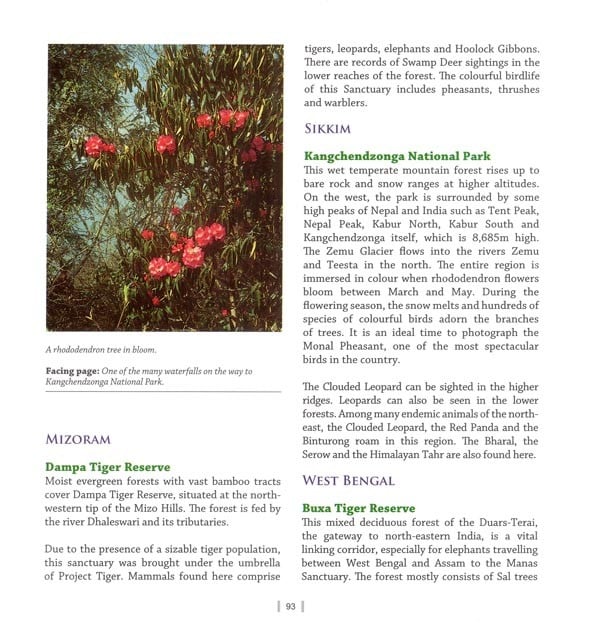
Wild Wonders of India
Book Specification
| Item Code: | AZE925 |
| Author: | Biswajit Roy Chowdhury |
| Publisher: | NIYOGI BOOKS |
| Language: | ENGLISH |
| Edition: | 2015 |
| ISBN: | 9788189738259 |
| Pages: | 156 (Throughout Color Illustrations) |
| Cover: | HARDCOVER |
| Other Details | 9.50x9.50 inch |
| Weight | 730 gm |
Book Description
Wild Wonders India takes the reader through a visually delightful voyage across the length and breadth the country, showcasing the that country boasts. Specially, the uninitiated yet inclined, Wild Wonders of India almost to a familiarization-tour through India's many-splendored forests, their wildlife reserves-its national parks, sanctuaries and reserves.
Wonders India an opportunity draw matters serious it brings how rapidly list India's endangered wildlife species is growing longer-a wake-up call for us realize all on Planet and need it.
The people who lived in these Indus plains during 3000 1800 BC were known as Aryans. It was during this period that Hindu philosophy was immortalized in a vast canon of literature, of which the four Vedas occupy a prime position.
Much of the Rig Veda is full of prayers to the natural deities like sun (Surya), fire (Agn0), wind (Vayu), night (Ratri), among others. The Rig Veda demarcates life in four stages. These are the Brahmacharya or the period where the shishya or student had to go to the gurugriha or gurukul for tutelage. Here, in an ashram (also the home of the guru or teacher) located in idyllic surroundings, the student lived with his teacher till his education was complete. The second stage was Grihastha where the student entered family life and lived During the early 19th century, the wealthy Muslim as a householder, and fulfilling personal and social rulers of small states, known as the nawabs obligations. After this came Vanaprastha, when the same householder had to leave his children and material wealth and go to the forest for spiritual contemplation of Sanyas he went into solitude and meditation, in search of the truth behind his existence. Thus the Vedic man spent a significant part of his life dose to Nature Other than Hinduism, two great religions or philosophies originated in India around 6th century DC. Buddhism, founded by Prince Siddhartha, later known as Gautam Buddha, and Jainism founded by Mahavir. Both these religions promulgated teachings of non-violence and co-existence with wildlife and Nature, During the reign of the great Emperor Ashoka in the 8th century sc, the first norms of wildlife preservation came into force. Ashoka imposed a ban on hunting certain animals and birds during specific seasons. He also spread his message of non-violence and peaceful co-existence with animals. The emblem of Emperor Ashoka, which has the figure of the lion on four sides, has become the National Emblem of India. It is known as the Ashoka Stambh.
However, the perspective towards wildlife changed immensely with the Mughal invasion of India in the 16th century AD. Hunting of wild animals on horseback or elephant-back became a sporting event and that marked the beginning of the destruction of India's wildlife. Humayun and Jahangir were the two emperors who were especially fond of hunting wild animals, mainly tigers, during their regimes.
**Contents and Sample Pages**











